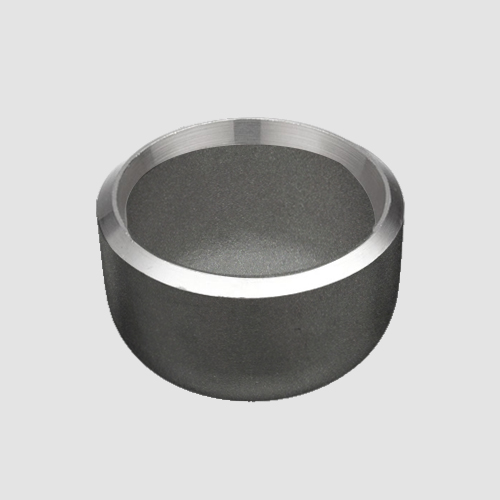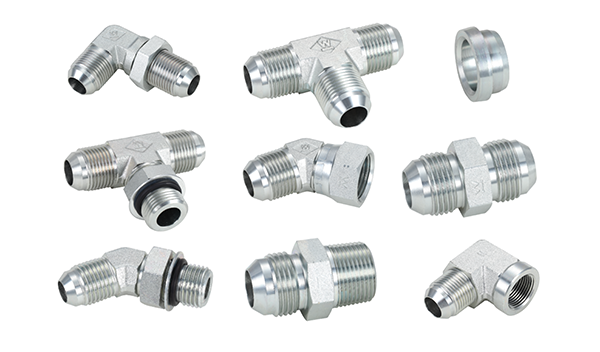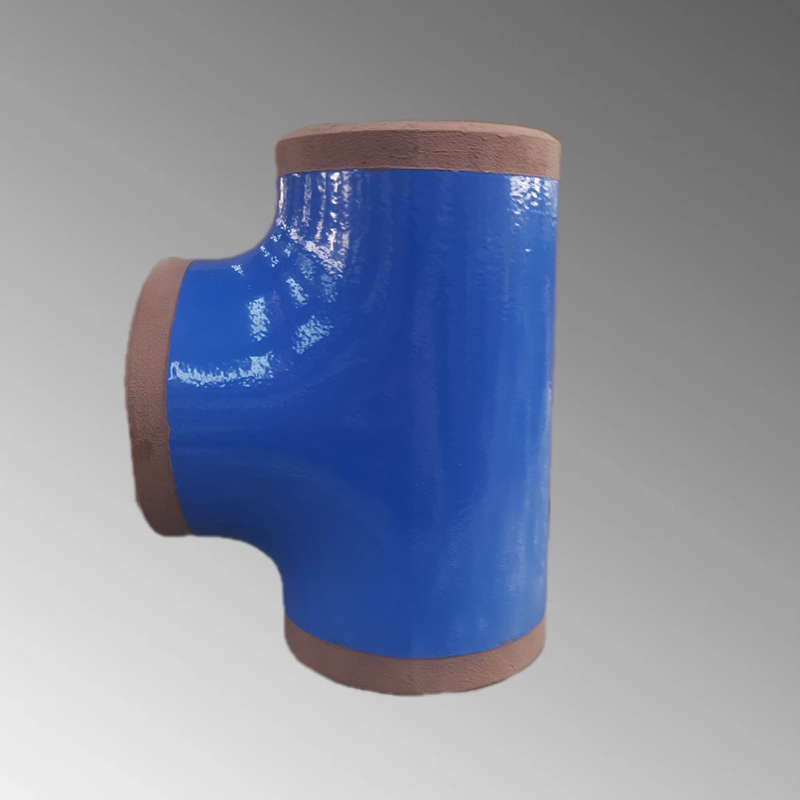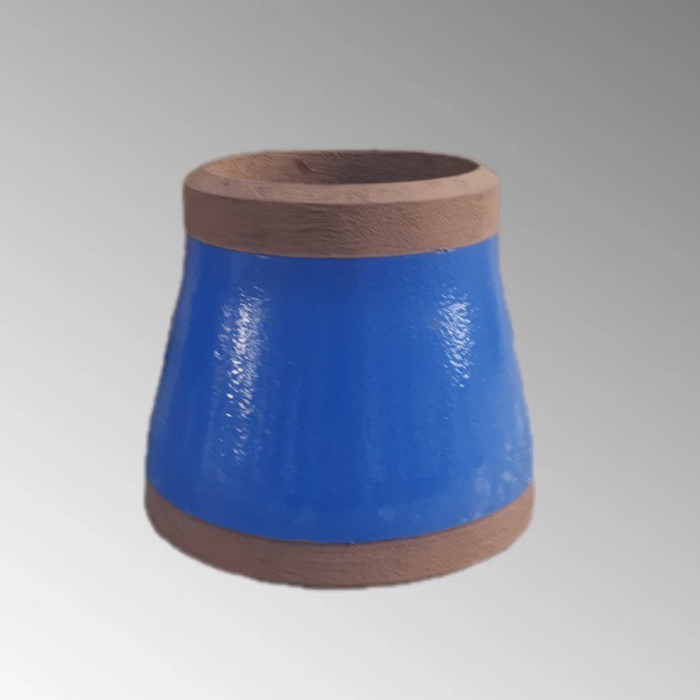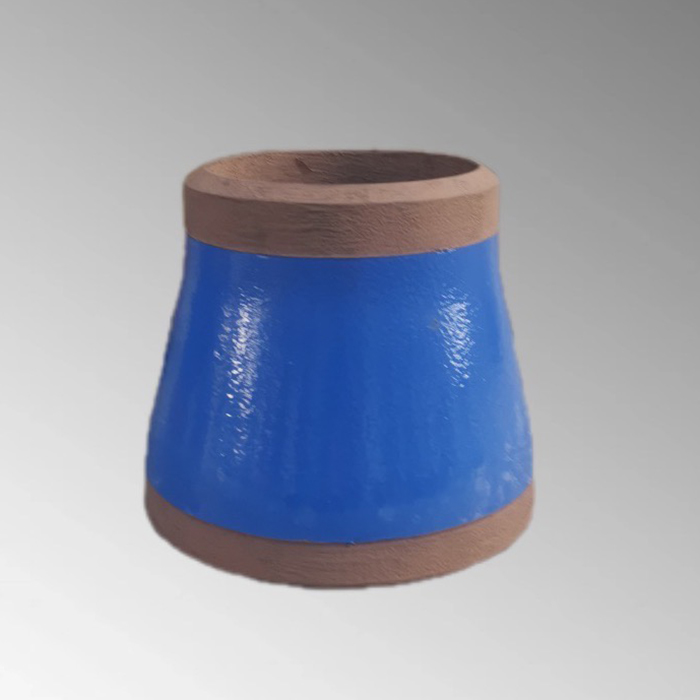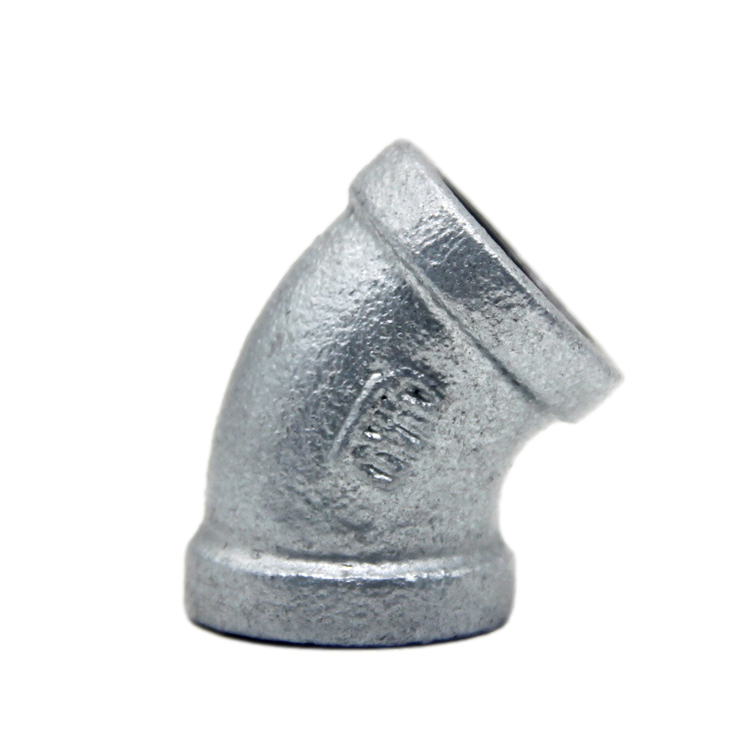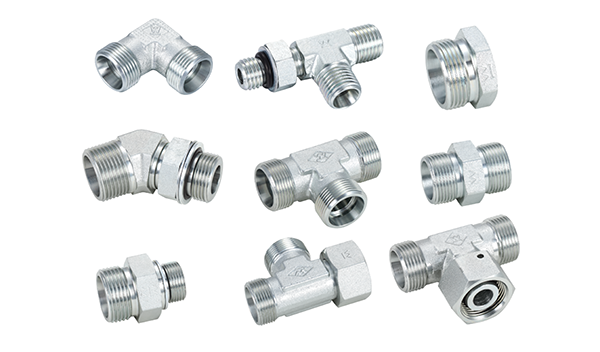Tube cap, tube cap, also known as head, plug, cap, tube cover, muffler, welded to the end of the pipe or installed in the pipe end of the external threads to cover the pipe plug pipe fittings. Used to close the pipeline, the role of the same with the pipe plug.
With the form of the blind plate is close, but the blind plate is removable blocking, while the welded pipe cap is not removable. Pipe caps include convex caps, conical shells, reducer segments, flat caps and tight opening designs.
Commonly used materials, stainless steel: 304 304L 316 316L 321 2520 310, 317, and other materials.
Diameter:DN15-DN1200
Wall thickness:SCH5-SCH160
Standard:ASME DIN JIS BS GB/T JB SH HG ,as follows:GB/T12459-2017,GB/T13401-2017,ASME B16.9,SH3408,
SH3409,HG/T21635,DL/T695,SY/T0510, DIN2617
Application: water, beverage, beer, food, petrochemical, nuclear power, machinery, medical equipment, fertilizer, shipbuilding, waterproof treatment, pipeline, etc.
Avoid splicing at the r of the dished pipe cap, which will be thinned and highly stressed.
The weld direction requirement for splicing is only allowed to be radial and circumferential. This requirement may be eliminated for large caps in the future. Splicing distance should be required for more than 3 δ, and not less than 100mm (welding heat affected zone is a high stress area, and the chemical composition in the area will have burned. So avoid the high stress zone, which is related to the thickness. According to practical experience, the stress attenuation length is greater than 3δ and not less than 100mm). However, refrigeration equipment is difficult to meet this requirement and has its own special characteristics.
Avoid splicing at the r of the dished pipe cap, which will be thinned and highly stressed.
The weld direction requirement for splicing is only allowed to be radial and circumferential. This requirement may be eliminated for large caps in the future. Splicing distance should be required for more than 3 δ, and not less than 100mm (welding heat affected zone is a high stress area, and the chemical composition in the area will have burned. So avoid the high stress zone, which is related to the thickness. According to practical experience, the stress attenuation length is greater than 3δ and not less than 100mm). However, refrigeration equipment is difficult to meet this requirement and has its own special characteristics.
